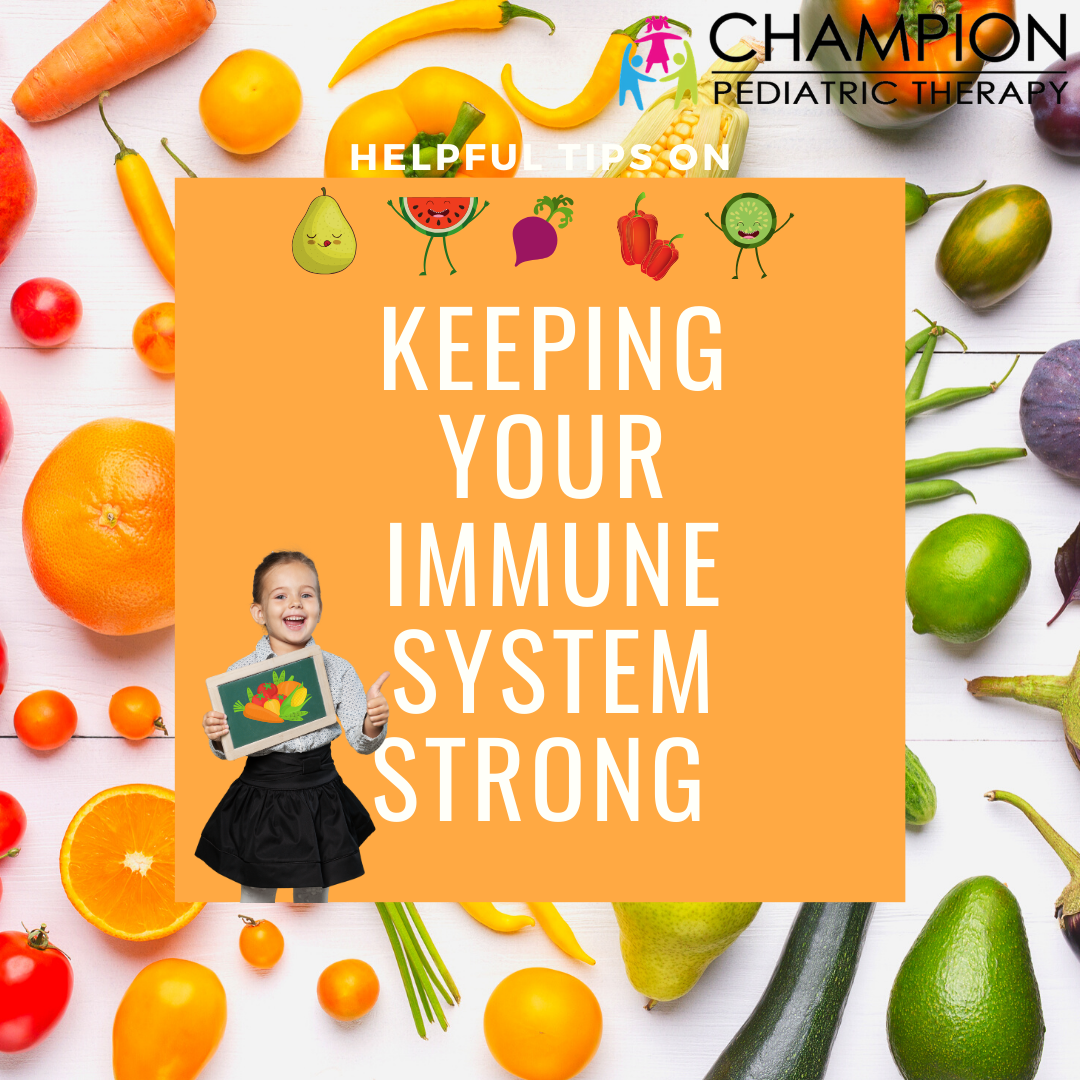It is more important than ever to make sure that everyone (kids and adults) wash their hands frequently. This can sometimes be hard because hand-washing isn’t always a fun activity and washing for 20-30 seconds can feel like forever for a child. Here are a few ways to help get your kids to wash their hands without the fuss.
General Hand Washing Steps
Wet hands with clean running water (hot or cold)
Apply soap and scrub hands together. Make sure to wash between fingers, under nails, palms, and backs of hands.
Scrub for at least 20 seconds (singe Happy Birthday x2 OR have your child come up with another creative song!)
Rinse hands
Dry with clean towel
Tips for Parents
Make sure your child can reach the sink. For younger kids, think about a step stool.
Make it fun: use fun-colored, and/or smelling soaps. Make it a game.
Make up a Song: make up a song to wash your hands to help pass the time. If you can’t think of anything, sing your/your child’s favorite song
Give an example: make a diagram / poster that shows the steps on how to wash your hands. Have your child help you make it. If your kiddo cannot read, draw pictures!
Model: every time your child washes their hands, wash yours. Stay excited and follow the steps correctly yourself.
Talk about the why: explain to your child why you are washing your hands in the first place. They might be more invested if they know about germs.
Pepper Activity
Now let’s SHOW them how it works!
To show your kids how soap can get rid of germs. You will need:
Plate
Water
Dish Soap
Pepper
Pour water onto your plate.
Shake pepper on the water (pepper represents the virus)
Have your kiddo put their finger into the pepper and water.
Show your kid that the pepper did not move and the pepper was now on your kid’s hands.
Have child put soap on their finger then stick it in.
Watch the pepper move out of the way. Explain to your child that the soap moves all the “pepper/virus” off their hands. It doesn’t just work with water though.






















